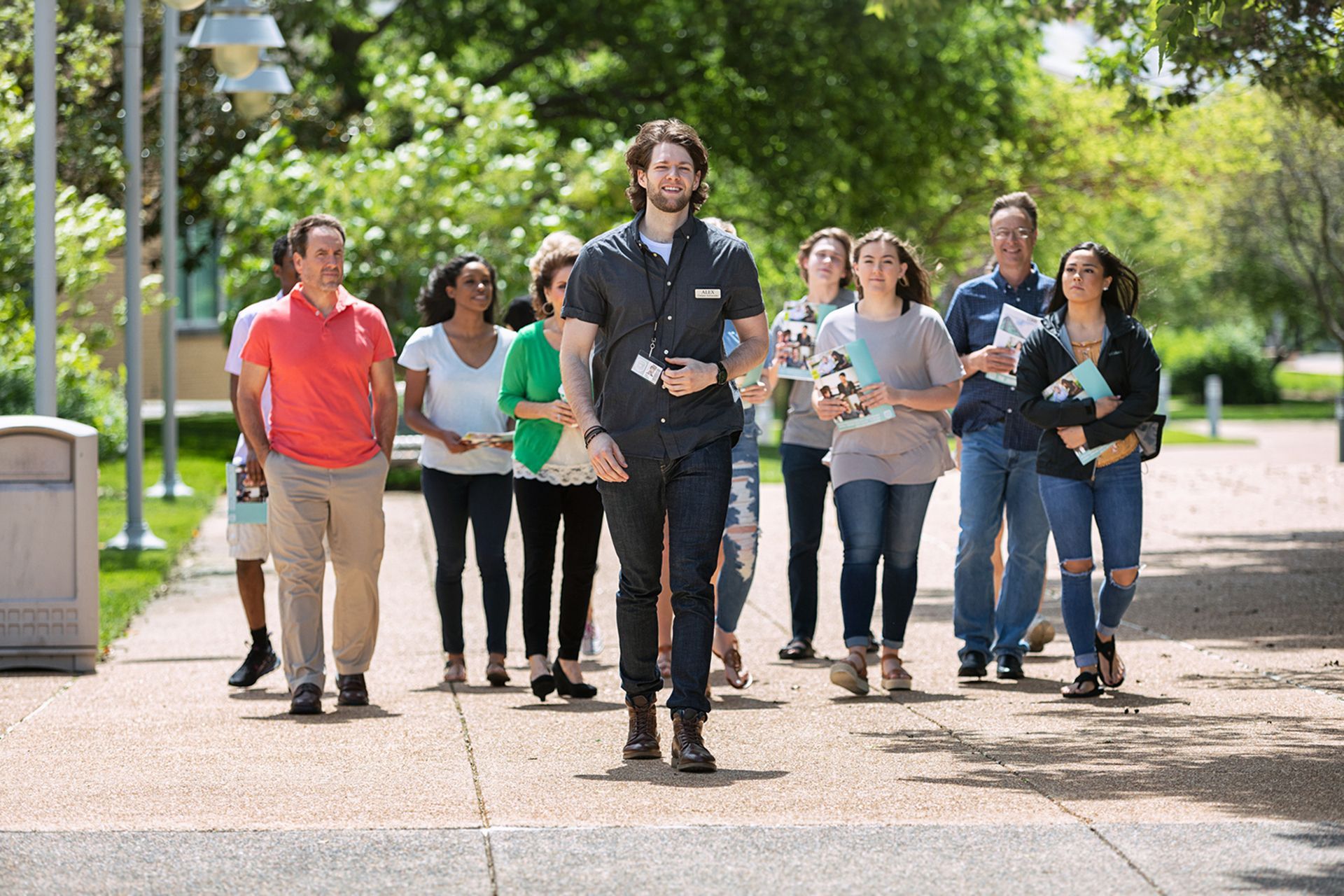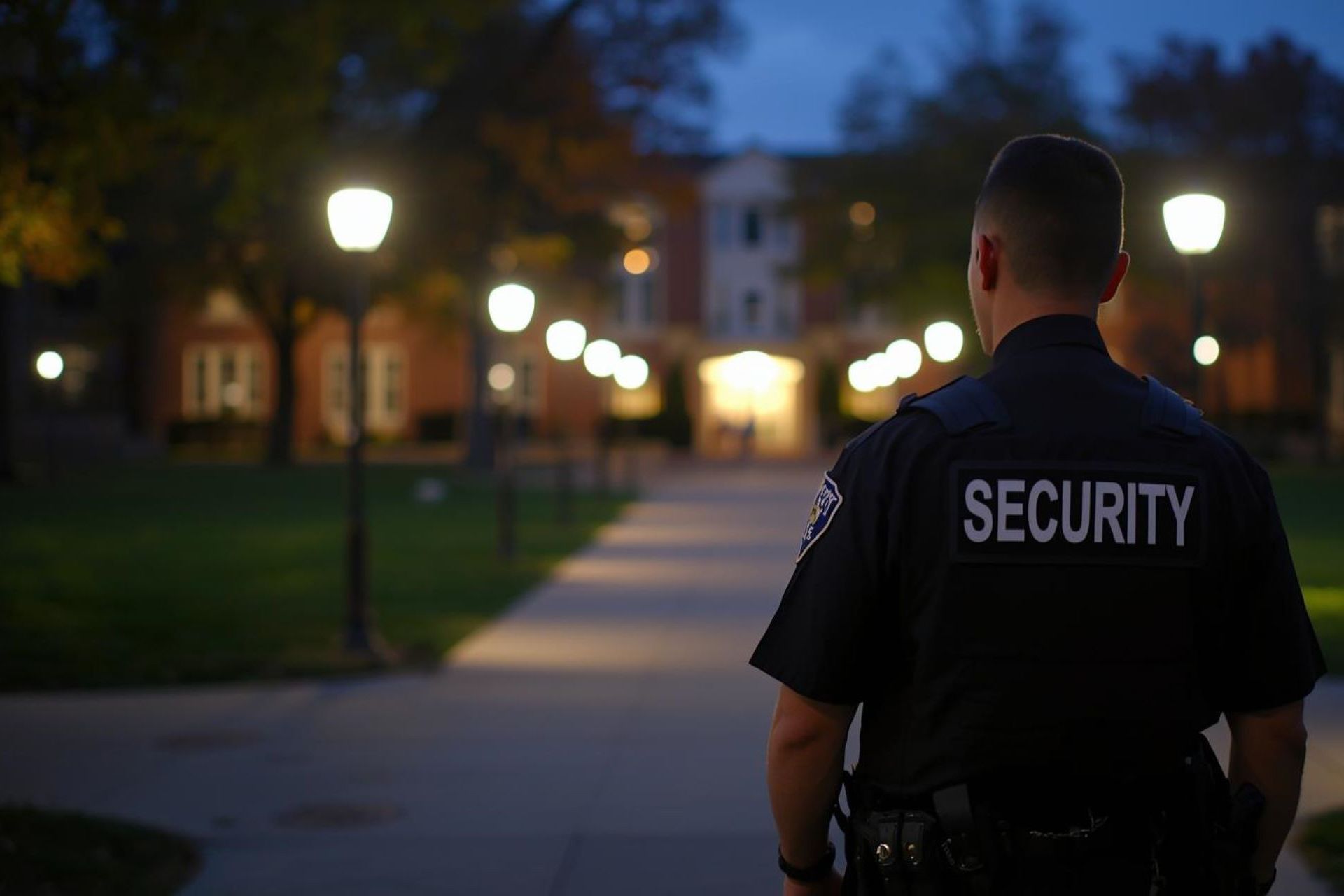Predicting the Future: Strategic Finance Requires the Stewardship of Resources
As we begin what’s expected to be a very challenging year for higher education, leading media outlets are publishing lists of predictions and expectations for colleges and universities almost daily.
These lists can be juxtaposed against what rating agencies, higher ed scholars, and other commentators are suggesting will be a difficult financial period in which institutions’ ability to generate additional net revenue will diminish as their need to contain rising expenditures accelerates.
As one example, the United Educators list below includes responses from 194 colleges and universities between November and December 2024, outlining the top ten risks for higher education. They include:
- Enrollment
- Data security
- Operational pressures
- Recruitment and hiring
- Regulatory and legal compliance
- Facilities and deferred maintenance
- Student mental health
- Funding
- Public safety
- General premises safety, Title IX, and political/social pressures
One can distill this list into elements that define institutional health and performance: fiscal integrity; enrollment productivity; student success outcomes (which includes regulatory compliance); and people/key processes. Managing these critical processes with data-informed decisions requires internal competencies and capacity—keys to a sustainable future....
The fundamentals for a preventive health check include an assessment of an institution’s current financial state, a comparative analysis of how it performs against its peers, and finally, a look at historical trends to identify the factors that matter the most.
The economics of higher education have become increasingly more complex, with many arguing that it is now a broken model. Strategic finance can be defined simply as the stewardship of resources to accomplish the mission that schools promise students.
The business of higher education ultimately depends on the success of students. And that success can be understood in terms of the three jobs students hire schools to do: (1) open the door of access and opportunity to college; (2) help them across the finish line to a degree; and (3) provide degrees that make graduates competitive in both life and work.
It requires asking questions such as: “How many students do we have?,” “How much are they willing or able to pay for college?,” and “Do we provide the economic and social mobility that makes college worth it?”
As a former college president at both a faith based and public university, I found that institutional performance, and more specifically financial integrity, is best defined in terms of stewardship. This term is especially useful as our margins are widening and cash becomes a more central issue to our viability, sustainability, and in some cases, survival.
Just like in our own homes, campuses benefit from knowing these simple questions: (1) how much money do we have coming in every month; (2) how much is going out every month to cover our costs; and, (3) how much of our savings are we using to pay our monthly expenses? Answering these questions will help make the decisions that are essential to improving an institution’s overall financial health.
Four truths can help institutions move through the coming year:
- When you pay attention to cash it improves.
- Balance sheets do not equal operating performance.
- Budgets are not the same as cash.
- Allocating resources to outcomes will change the way we do our work.
Along with the predictions for 2025 comes a set of realities for the coming year:
(1) College still matters in terms of the social, educational, and economic mobilities students seek; (2) mission drives the partnerships and innovation that are required to broaden the scope of the students who can be served; and (3) stewardship is a shared responsibility that requires the engagement of an entire campus to ensure both health and sustainability.
This article is adapted from our partner, Husch Blackwell Consulting. They provide higher education leaders with the data required to consider what questions are most important to answer and what tools are required to respond.











